Design for life
Meaningful actions, for today’s world. The initiative shows how we can represent the imaginary as tangible and realizable elements.
Since 2016, Dassault Systèmes has run a program called Design for Life, focusing on innovative practices and processes for sustainability by design. In 2020 Dassault Systèmes gathered powerful testimonials from forward-looking designers and architects whose work lies at the crossroads of technology, science and nature — for a radically positive impact on today’s world. This initiative was led in collaboration with Dezeen, the influential design and architecture magazine.
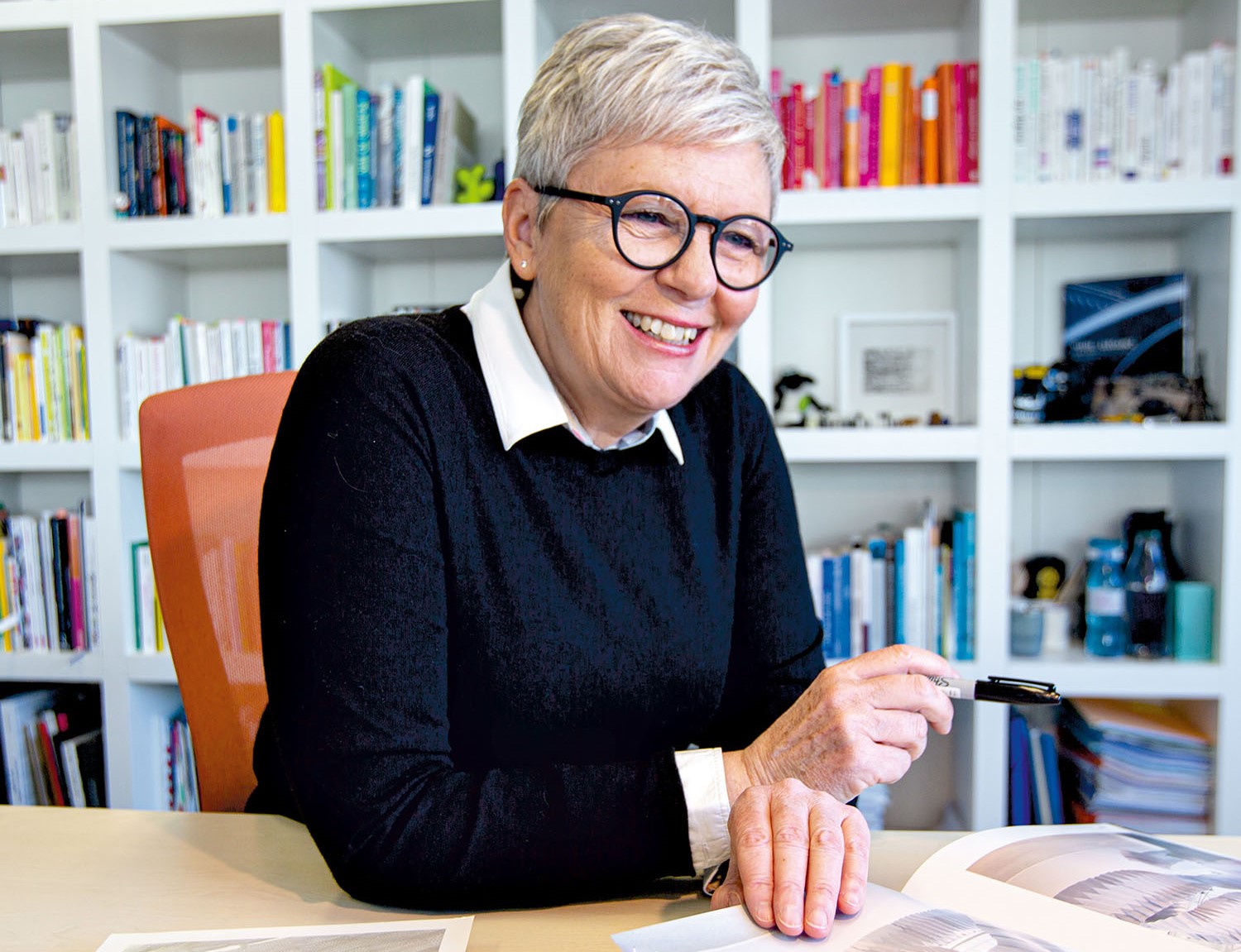
Using simulation to understand what is possible
“Designers use technology as a catalyst for thought, particularly as part of a new relationship with nature, our living conditions and our environments. They question the ways the world is changing. Digital technologies such as simulation are more generally used by engineers to understand and reduce the risks inherent to industrial projects, weight management, logistics impact (i.e. to gain control over what could be). For designers, however, the aim is to perform simulations of their creative scenarii as a leap into the unknown, to explore possibilities in an imaginative way, to ponder and judge the relevance their work.
Technology brings objectivity to a design project. And even if it is not used to enhance performance or optimize processes, it allows us to gain a systemic perspective from the sustainability point of view, as a way of measuring design’s impact. Technology is becoming a new raw material for designers, allowing them to exercise judgment alongside their subjective sensibilities and intuitions Digital technologies allow us to make projections and representations, and we can use those to make a critical assessment of how industrial design over-relies on consumerism, revealing the true purpose of the design process: design for people’s wellbeing.
In the design world, projects are developed in “action-research” mode within vibrant, connected communities. Virtual co-creation spaces, such as those of the 3DEXPERIENCE platform, give designers the ability to reinvent the way they work and to learn by doing so. The Design for Life initiative shows how we can represent the imaginary as tangible and realizable elements, and how we can be inspired by the structures of living things. Our imaginations become representations of the world“
ANNE ASENSIO, VICE-PRESIDENT, DESIGN EXPERIENCE, DASSAULT SYSTÈMES
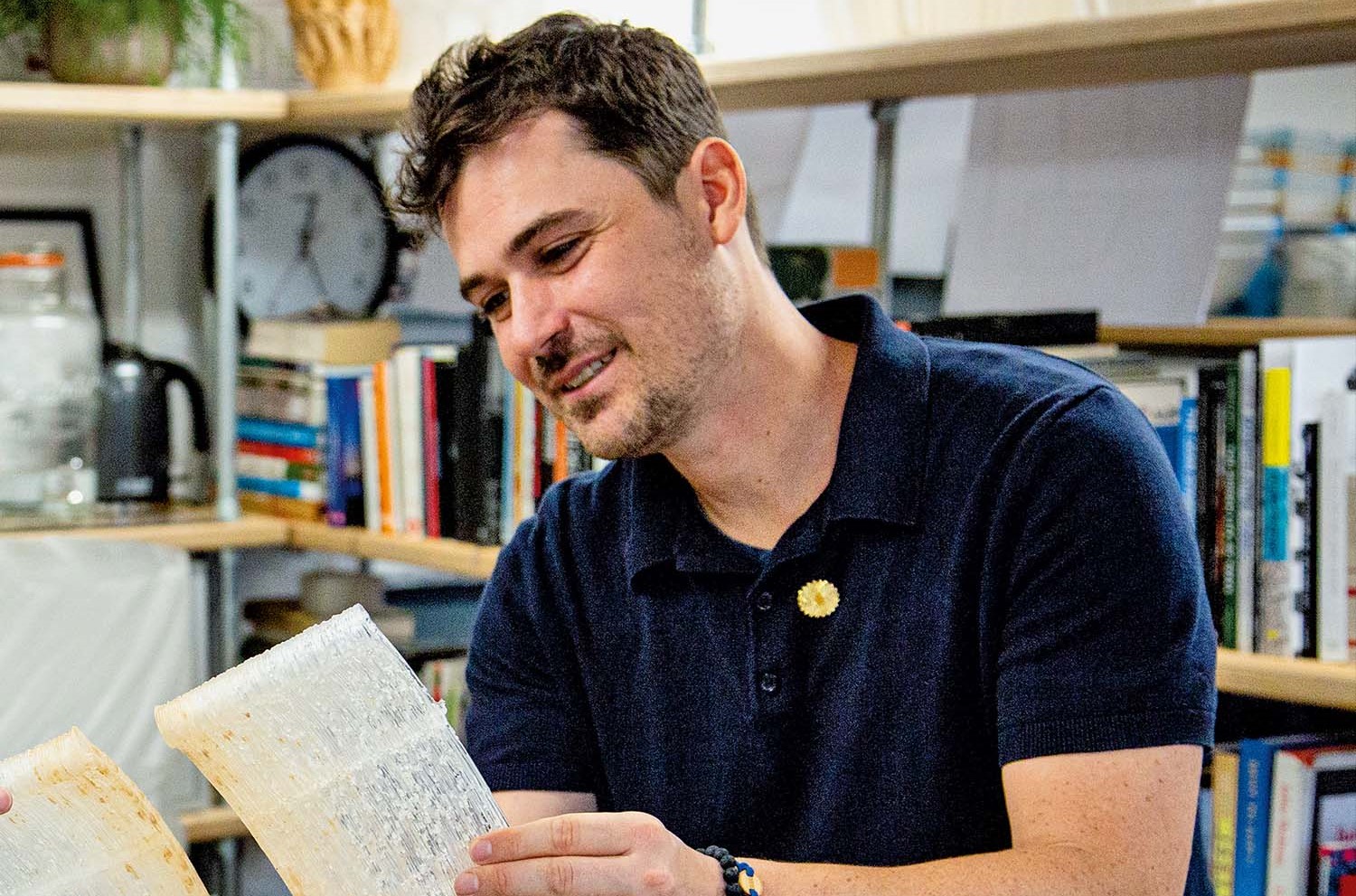
Sustainable design based on natural processes
Arthur Mamou-Mani is interested in architecture that is designed and produced digitally. His firm believes in innovation, craftsmanship and the role of architecture in society. In his London office, he creates sustainable designs based on natural processes, and brings his projects to life in an integrated Fab Lab. He works iteratively as part of a conceptual-empirical loop, learning constantly through trial and error. His firm’s beliefs regarding the circular economy are illustrated by one installation in particular.
Designed using the XGen solution, which allows parametric models to be created within the 3DEXPERIENCE platform, the installation is made up of a dynamic grid of 3D-printed modules, and cascades through the space as if it was taken by the wind. The modules are 3D-printed on site using a material called polylactic acid (PLA). PLA is a bioplastic made from fermented sugar, and comes in pellet form.
The installation also features a crusher, demonstrating how recycling can be done on a very small scale. The crusher breaks down the printed modules into pellets, which can immediately be reused to print new modules. According to Arthur Mamou-Mani, "it’s very important that designers start thinking beyond the timeframe of their project. They need to start thinking of where the material came from, where is it going, how can it be reconfigured – the entire lifecycle of a project needs to be taken into consideration"
ARTHUR MAMOU-MANI, ARCHITECT
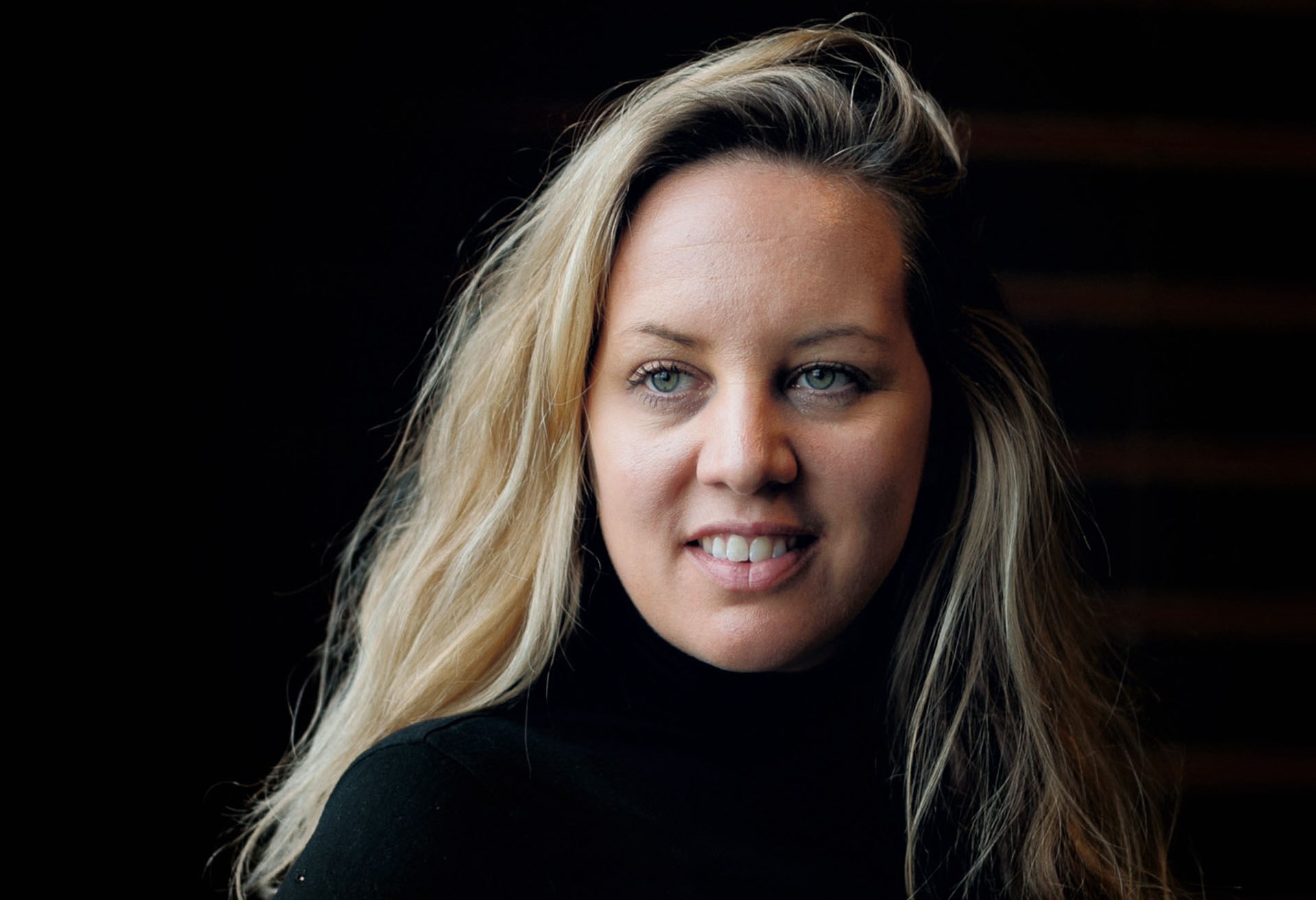
Textiles that draw inspiration from butterfly wings
The work of Julia Koerner, a designer based in Salzburg and Los Angeles, blurs the boundaries between architecture, fashion and product design. She makes extensive use of 3D printing, and draws inspiration from natural shapes. Her most recent feat was designing the impressive regal attire for the film Black Panther – directed by Ryan Coogler and part of the Marvel Cinematic Universe.
Her designs explore the possibilities of biomimicry; for example, using close-up photographs of butterfly wings that she digitized, processed using an algorithm and turned into 3D models. After turning the photographs into thousands of pixels mapping the butterfly’s wings and colors, she reproduced the motif using 3D printed bristles on a flexible fabric that moves and flows organically, coming alive with each movement.
Julia Koerner, designer
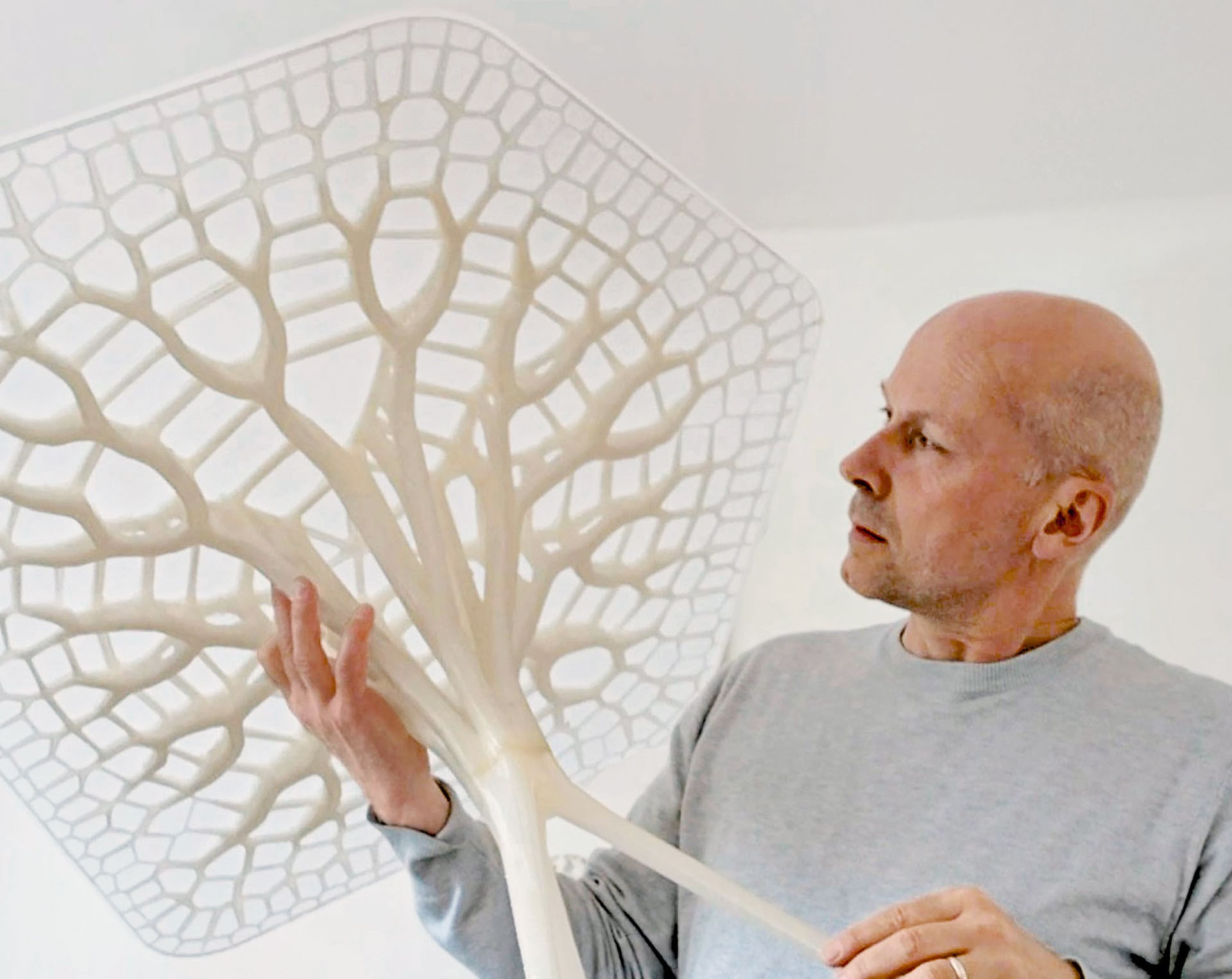
Exploring the infinite possibilities of biomimicry
Michael Pawlyn is a British architect known for his interest in biomimicry and innovation inspired by nature. His firm, Exploration Architecture, uses this approach to rethink construction and develop solutions that use resources in a much more sustainable way.
“Complex organic structures, like shells, are incredibly efficient, and with computational design and 3D printing, it’s getting much easier to mimic that level of complexity and efficiency,” he explains. For example, by modeling a bird’s skull, enlarging its structure and 3D printing it, Pawlyn has created a model of an incredibly light pavilion structure that is robust and highly efficient in terms of materials. As in shells and feathers, very thin surfaces are transformed into solid structures by folding and bending them.
By bringing together science, art and computational design, it is possible to get closer to the way organic forms work in order to create structurally efficient architecture that produces no pollution.
MICHAEL PAWLYN, ARCHITECT
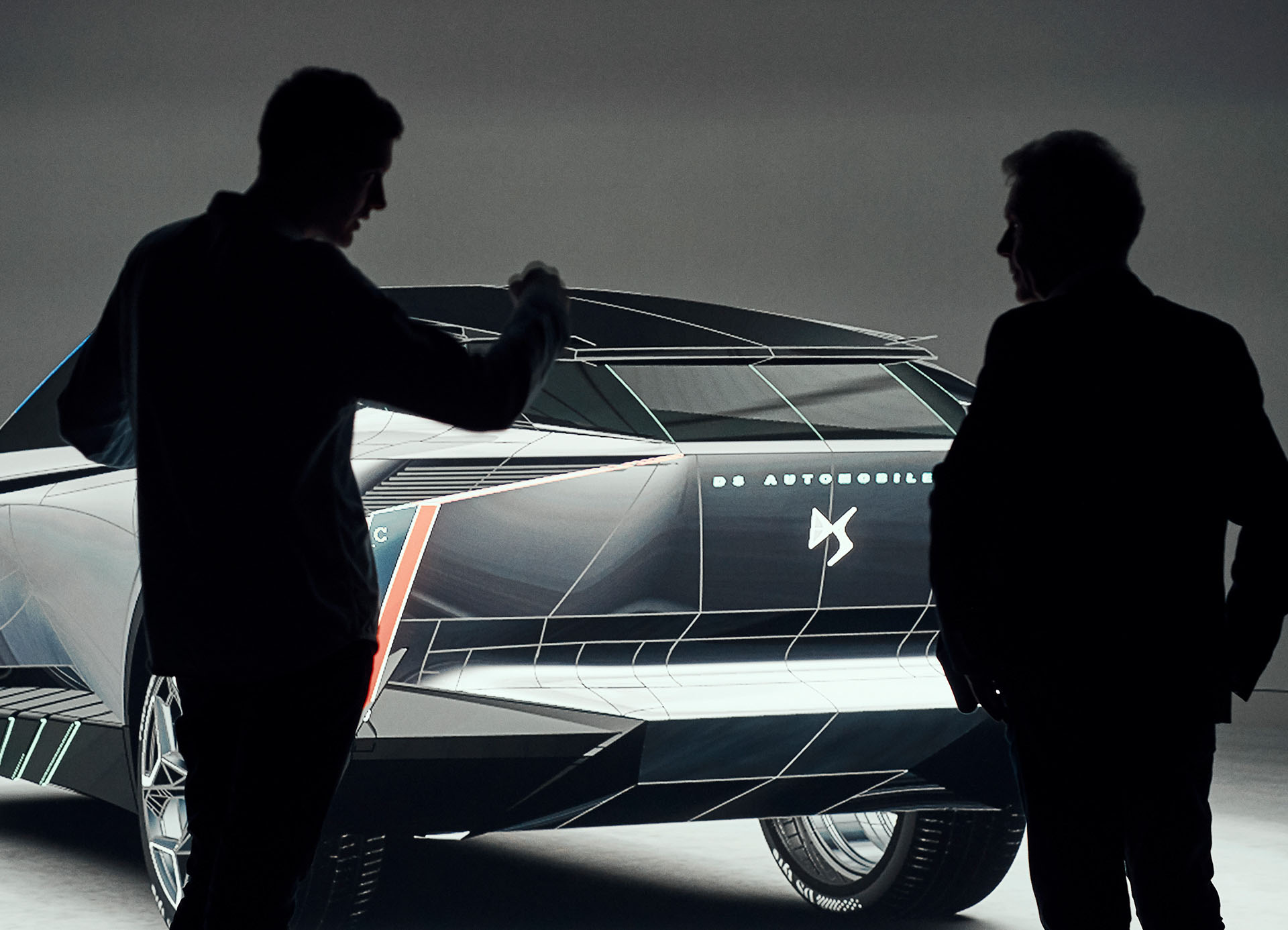
Reviving a legend with the DS Aero Sport Lounge
In Mythologies, when considering the DS, the legendary car designed in France in 1955, Roland Barthes wrote: “I think that cars today are almost the exact equivalent of the great Gothic cathedrals; I mean the supreme creation of an era, conceived with passion by unknown artists, and consumed in image if not in usage by a whole population which appropriates them as a purely magical object.” In 2009, the PSA group revived the DS brand, which symbolizes a combination of French elegance and technological progress, condensed into a very modern form.
Thierry Métroz, head of design at DS Automobiles, explains that the DS Aero Sport Lounge concept car was initially inspired by the tradition and avant-garde spirit of the original DS, and features numerous technical innovations, both in the car itself but also its design process. “80% of our design process is digital,” he explains. The team of designers uses parametric modeling to create the initial shape of the car, resulting in benefits such as reduced wind resistance. The design is then reviewed and refined using immersive virtual reality software.
THIERRY MÉTROZ HEAD OF DESIGN, DS AUTOMOBILES
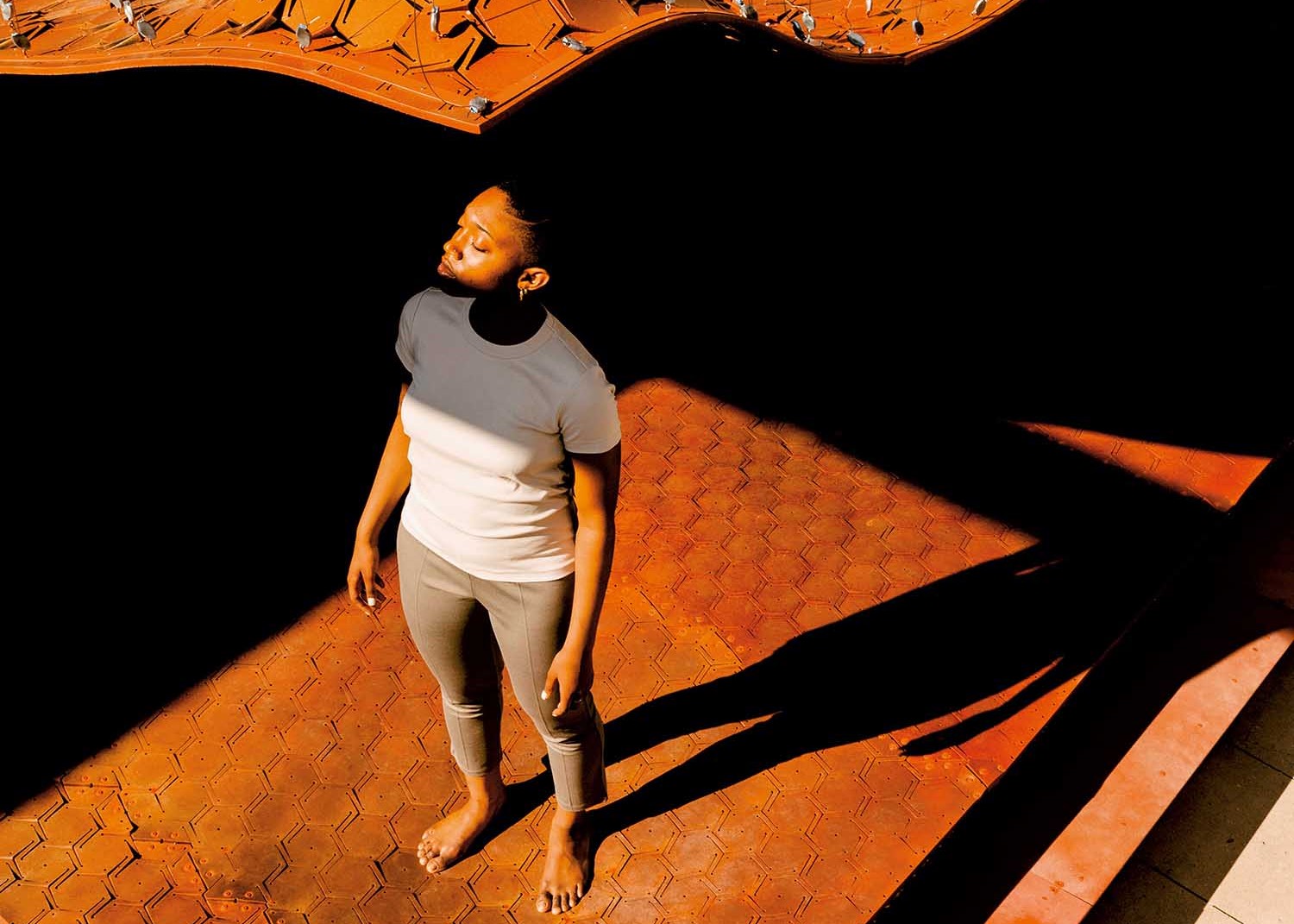
Creating interaction
Nassia Inglessis is a designer, engineer and plastic artist. She is the founder of experimental design studio Studio INI, which has offices in London and Athens and creates immersive experiential environments. Urban Imprint is an installation that reinvents the urban landscape, creating a malleable, flexible environment around its inhabitants: a flexible floor depresses around their feet, causing an equivalent movement in the ceiling.
Disobedience is a 17-meter kinetic wall that visitors can walk through, with flexible walls that bulge open around them as they pass through the installation. A steel spring flexes open in response to the weight of a person’s step, causing the walls – made of recycled plastic – to change shape. The design tools and processes Inglessis uses allow Studio INI to move very quickly from the digital to the physical realm by testing complex designs. “We always have one hand on the computer and one hand on the material,” she says.
NASSIA INGLESSIS DESIGNER, ENGINEER AND ARTIST



